Driven largely by energy and petrochemical interests, from offshore production to the booming plastic resin industry, ports of Louisiana are assertively expanding capabilities.
With state and federal grants often providing a boost, Louisiana ports are beefing up infrastructure to efficiently handle these oil-and-gas-related commodities and other cargos.
Port of New Orleans
The Port of New Orleans – now being marketed as Port NOLA – is realizing record containerized cargo volumes, thanks in part to expansion of the Panama Canal and increased shipping of export cargos, including plastic resins and frozen poultry. The 591,253 twenty-foot-equivalent units moving through the Napoleon Avenue Container Terminal in 2018 reflected a 12.3 percent gain over the preceding year.
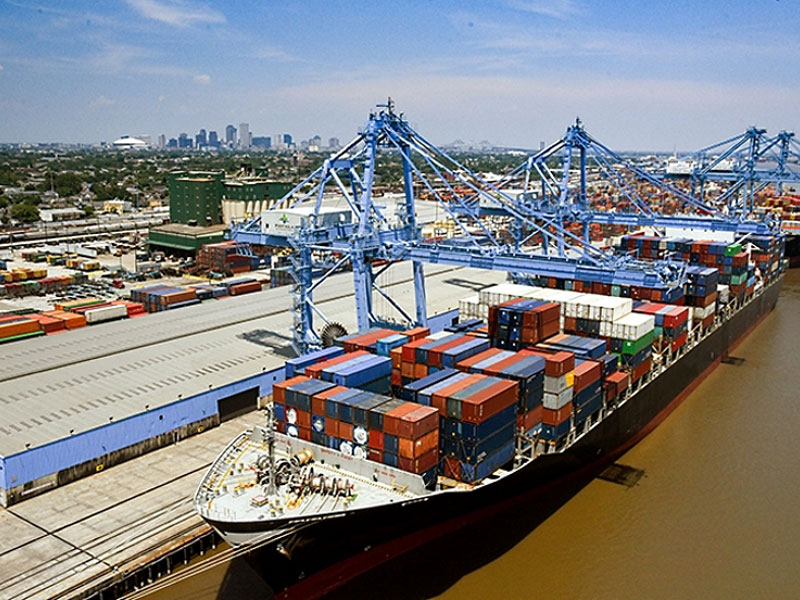
Contributing to this growth is the nation’s largest container-on-barge service, which, in partnership with the Port of Greater Baton Rouge and operator Seacor AMH, repositions containers from Memphis to Baton Rouge, where they are loaded with resins that are barged down the Mississippi for export from Port NOLA. Another driving force is growing intermodal service via the recently acquired New Orleans Public Belt Railroad, linking to six Class Is.
Port NOLA plans to double container-handling capacity to more efficiently handle larger ships, including through an expanded partnership with Ports America to procure as many as four new 100-gauge container cranes, as well as investments of as much as $300 million in pursuit of expansion opportunities within the port’s three-parish jurisdiction.
Plaquemines Port
Plaquemines Port Harbor & Terminal District and Leawood, Kansas-based pipeline operator Tallgrass Energy LP recently announced plans for a $30 million acquisition of land for a new export-capable liquids terminal on a 600-plus-acre site along the Mississippi River about 30 miles south of New Orleans, within the port’s extensive jurisdiction.
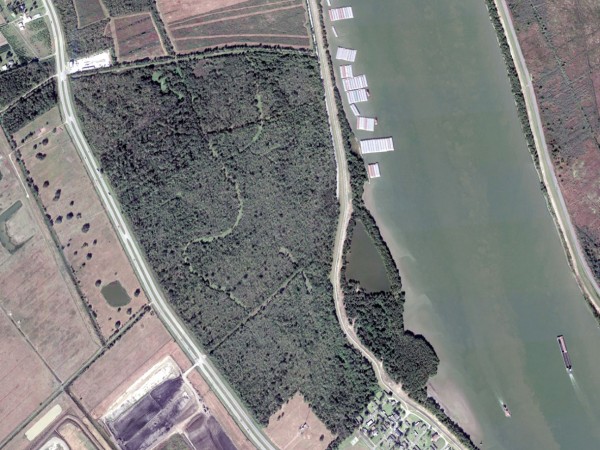
Dubbed Plaquemines Liquids Terminal, or PLT, the facility, being jointly developed with New York-based investment fund Drexel Hamilton Infrastructure Partners LP, is expected to be fully operational by mid-2020, offering as much as 20 million barrels of storage capacity for crude oil and refined products and the ability to fully load and unload post-Panamax vessels and barges via the port’s multiple deepwater docks. Tallgrass anticipates building a separate offshore pipeline extension that would give PLT the added capability of loading very large crude carriers, VLCCs for short, by the second half of 2021.
The PLT undertaking is part of an overall $2.5 billion capital investment that also encompasses a 700-mile pipeline with capacity to transport as many as 800,000 barrels a day of crude oil from Cushing, Oklahoma, to Louisiana.
St. Bernard Port
The Chalmette, Louisiana-based St. Bernard Port, Harbor & Terminal District, with four terminals on the Lower Mississippi River downriver from New Orleans, is seeing increasing cargo volumes, up to nearly 8.7 million tons in 2018 from more than 7.6 million tons the preceding year, with most of the growth coming at its Violet terminal – a facility that has been at the heart of a protracted legal dispute.
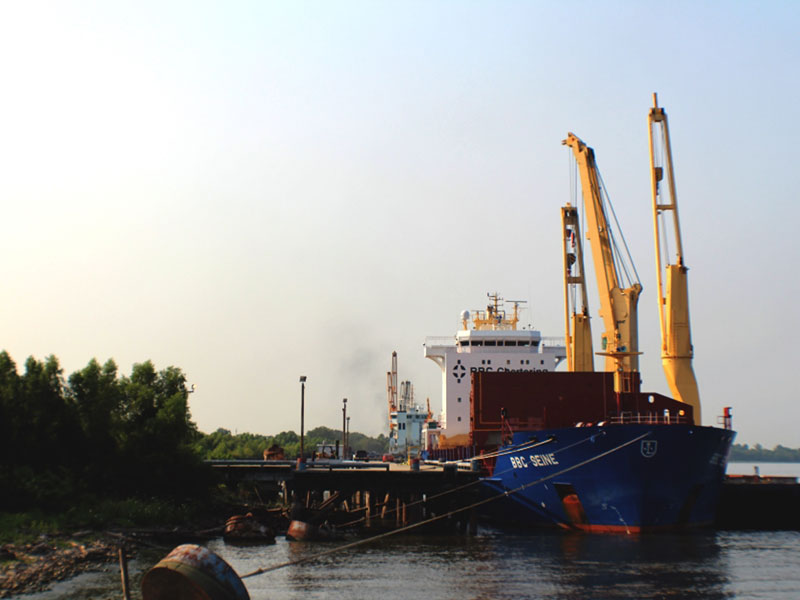
A Feb. 11 decision by the Louisiana Supreme Court left in place an appellate court’s prior ruling that the port district can keep the Violet facility it seized nine years ago from private ownership using eminent domain powers. However, the district was ordered to fork out about $18 million in addition to the $16 million it initially paid.
Another St. Bernard port site, the Chalmette Slip in the more-than-century-old Arabi Terminal, is continuing to undergo extensive rehabilitation, with a boost from a $13 million federal Transportation Investment Generating Economic Recovery grant awarded in March 2018, as well as a combined $17 million from state and port district coffers and terminal operator Associated Terminals.
Port Manchac
The South Tangipahoa Parish Port Commission’s Port Manchac is in the final stages of carrying out a state-backed $3 million infrastructure investment plan at its 140-acre intermodal terminal for safe and efficient storage and transloading of bulk, breakbulk, neobulk and containerized cargos by barge, rail and truck on the relatively uncongested northwestern shore of Lake Pontchartrain, adjacent to Interstate 55 and the Canadian National Railway mainline.
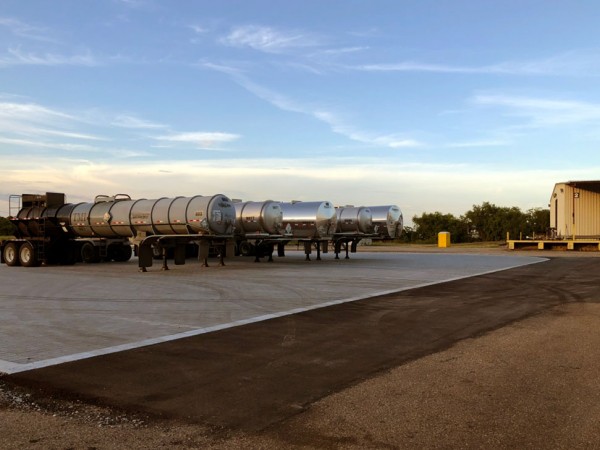
Recently completed projects at Port Manchac are highlighted by a 25,000-square-foot laydown storage pad designed to handle future container transshipments from the Port of New Orleans and other Mississippi River locations on an around-the-clock basis. Marketing team leaders from the port and CN are collaborating to target the region’s dynamic polymer pellet and resin manufacturing industry for providing key cargo for the facility.
Other enhancements that already have been finished at Port Manchac include improvements to bulkhead, drainage and internal rail and roadways, while further projects slated to be done by the end of this year include building of a storm surge protection barrier, as well as additional paving, drainage and safety lighting upgrades.
Port of South Louisiana
The longtime No. 1 total tonnage port in the entire Western Hemisphere, the Port of South Louisiana is looking to benefit from advancement of nearly $60 million of projects, including four undertakings at its Globalplex Intermodal Terminal. The 20-year-old intermodal facility is set to add two self-contained, rail-mounted cranes and undergo dock upgrades under an $18.7 million, state-funded endeavor slated to go out for bids in mid-2019, while rail and warehouse projects also are moving forward.
Furthermore, state-backed projects to provide a rail yard for The Dow Chemical Co. and a more efficient barge unloader system for Archer Daniels Midland Co. are moving forward, as is additional hangar construction at the port’s executive regional airport.
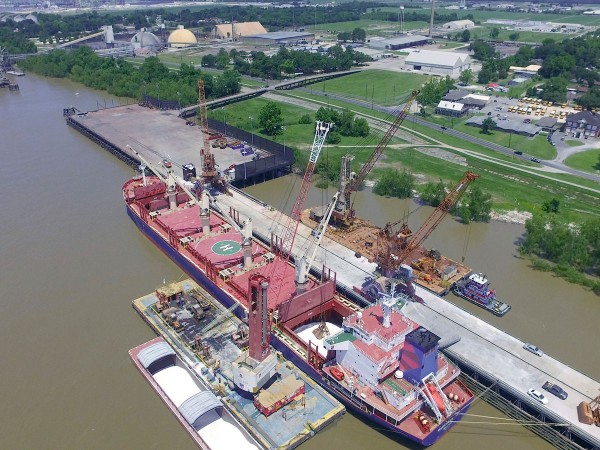
The port, which covers a 54-mile stretch along both sides of the Mississippi River upriver from New Orleans, last year saw movement of more than 303 million short tons of cargo, led by coal, lignite and coke, as well as ores and phosphate rock, steel products, corn and wheat. The 2018 total fell just shy of the record 308 million short tons handled in 2017.
Port Fourchon
Louisiana’s southernmost port, the Greater Lafourche Port Commission’s Port Fourchon continues enhancing capabilities for serving offshore energy interests, including through lease of 900 acres immediately south of the existing port for future development of facilities for servicing deepwater rigs. The port is seeking U.S. Army Corps of Engineers approval to bring a 50-foot-deep channel to the property, now known as Fourchon Island, through an initiative that would generate 8 million cubic feet of material to be used to help rebuild Louisiana’s degenerating coast.
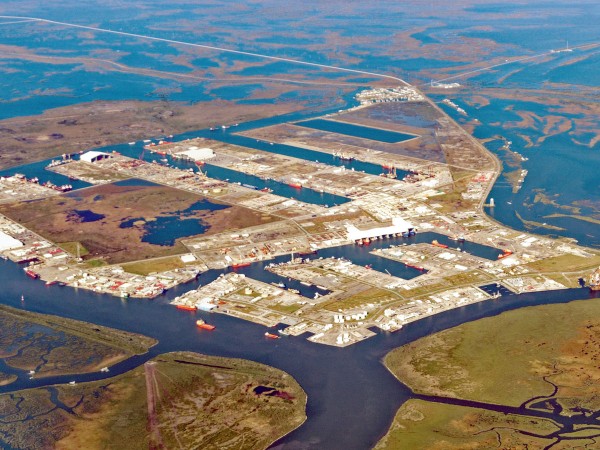
Port officials also are hoping to see deeper water access, to as many as 33 feet from the present 27 feet, at its Slip A through Slip D properties. By yearend, bulkhead work is to be finished at Slip C, which already boasts 2,000 linear feet of waterside space, 1,200 contiguous feet of which have been put to use by subsea engineering firm Oceaneering International Inc. Slip D development is in its final phase.
A $16.4 million federal grant is being used toward a lift bridge project to facilitate better highway access to Port Fourchon’s busy airport.
Port of Morgan City
The Morgan City Harbor and Terminal District’s Port of Morgan City, promoted as the birthplace of the offshore oil exploration industry, situated at the confluence of the Atchafalaya River and the Gulf Intracoastal Waterway, hopes to benefit from $45 million of dredging aimed at bringing most of the port’s sediment-plagued channel areas to their authorized depth of 20 feet and approved width of 400 feet. Completion of this effort, according to port officials, should allow resumption of import and export operations at the Port of Morgan City by late summer or early fall.
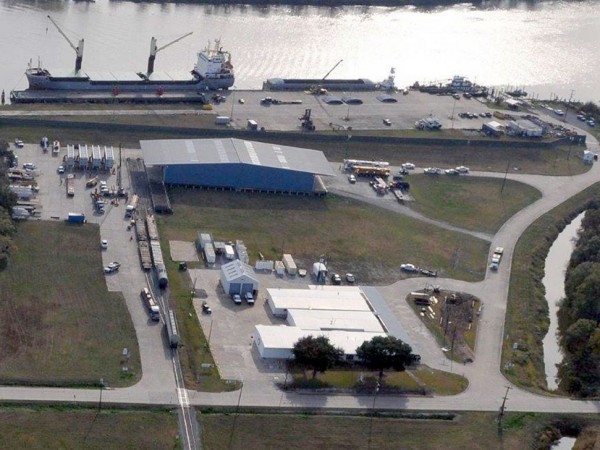
Meanwhile, rail and dock rehabilitation work is scheduled to begin this year on Port of Morgan City property, with nearly $4.8 million in funding from the Louisiana Department of Transportation and Development’s Port Priority Program tabbed to cover the vast majority of the total $5.9 million cost.
In late 2018, a 20-year lease was inked with the U.S. Coast Guard for lease of the first floor of the terminal district’s recently built emergency operations center, an installation constructed with the help of $8.5 million in state funds.
Port of Greater Baton Rouge
Success of container-on-barge operations (see Port of New Orleans entry on page 2) is leading the Port of Greater Baton Rouge to expand the container yard at its Inland Rivers Marine Terminal, on a canal near the intersection of the Gulf Intracoastal Waterway and Mississippi River. The project, to cost between $4 million and $5 million, is to add 5 acres of concrete-paved area plus 4 aggregate-based acres to the existing 84-acre facility.

The container-on-barge service, operated by Seacor AMH, saw a 75 percent increase in activity in 2018 over 2017, and port officials are hoping it will be moving 1,000 containers per week by 2020, after additional equipment is secured through a U.S. Maritime Administration grant.
Two major rail projects are advancing at the Port of Greater Baton Rouge to better serve Louis Dreyfus Commodities LLC and wood pellet exporter Drax BioMass. One is to deliver a chambering yard to handle 110-car trains, complementing Union Pacific Railroad’s $12 million interchange facility, while a $15 million undertaking, backed by state funding, bodes to bring rail capabilities to the recently enhanced Dreyfus grain facility.
Port of Lake Charles
Consistently ranked among the 12 busiest U.S. ports as measured by total annual tonnage handled, the Port of Lake Charles, encompassing 203 square miles of properties dispersed along Southwest Louisiana’s energy-focused Calcasieu River Ship Channel, has emerged as a magnet for more than $100 billion of regional industry development that seems to be just getting into gear.
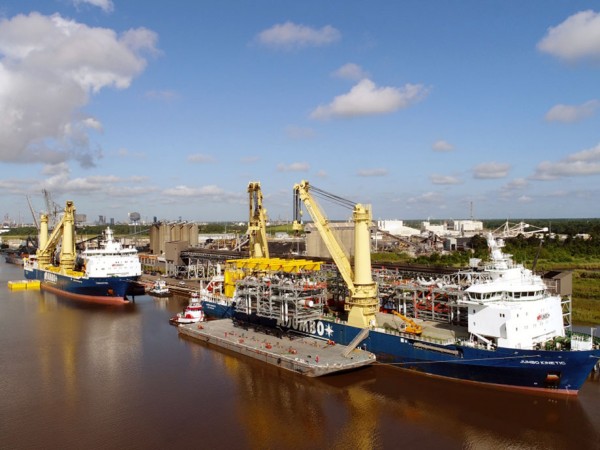
Plans call for all three liquefaction trains at the Cameron LNG terminal – being developed through a joint venture between Sempra Energy and four companies from France and Japan (including NYK Line) in Hackberry, Louisiana – to be producing liquefied natural gas by yearend, while construction is slated to begin later this year on Liquefied Natural Gas Ltd.’s Magnolia LNG liquefaction and export facility in Lake Charles and Tellurian Inc.’s Driftwood LNG terminal just south of Lake Charles.
In the meantime, at the City Docks of the Port of Lake Charles, recently completed rail, roadway, gate and ship-unloading projects are increasing efficiencies in serving a diverse roster of shippers via 13 berths and expansive laydown areas that accommodate overdimensional project cargos proximate to construction sites.





